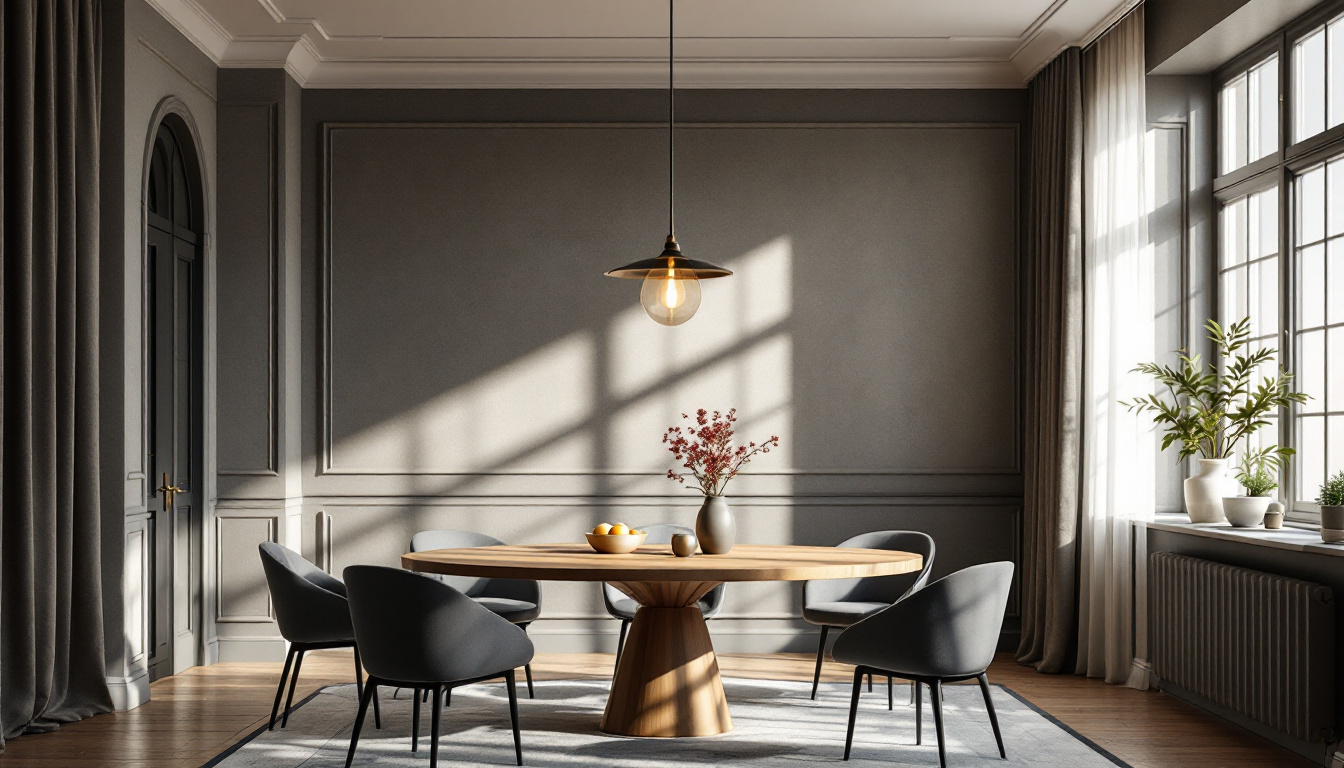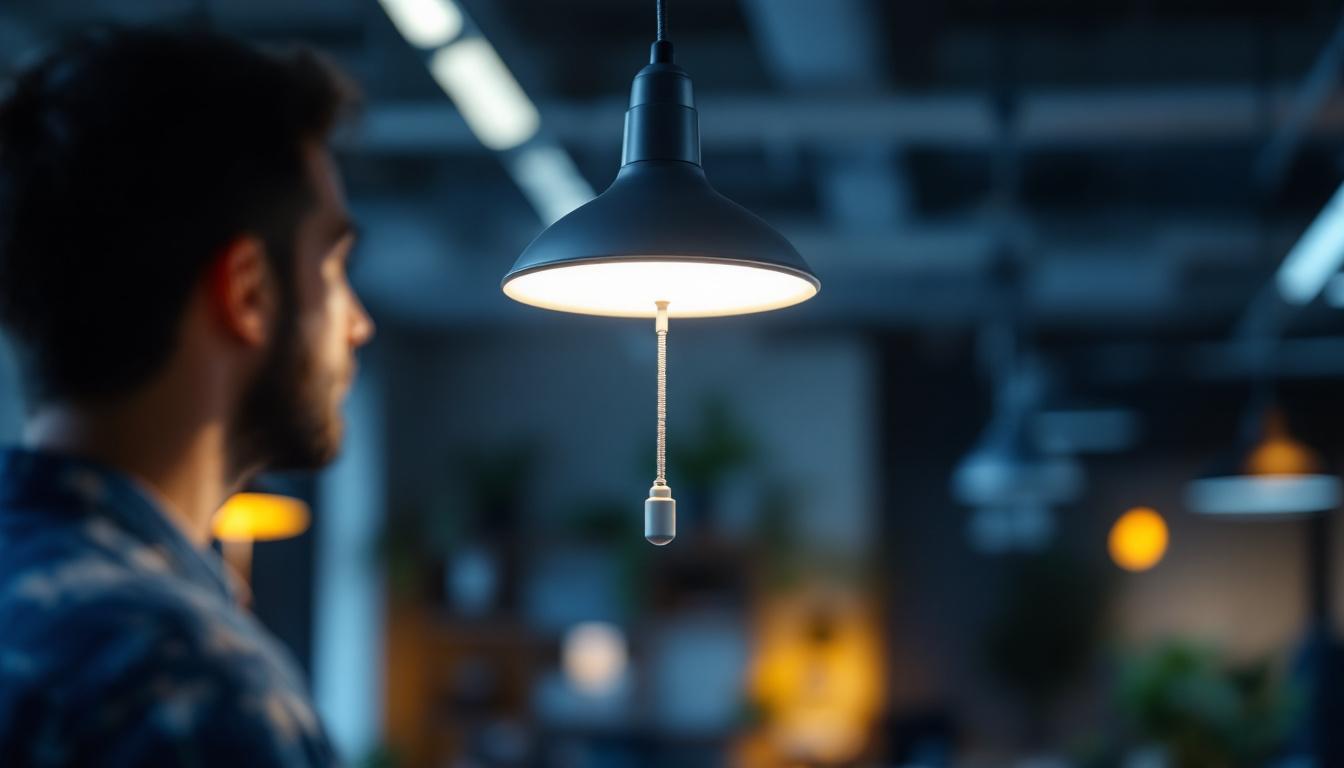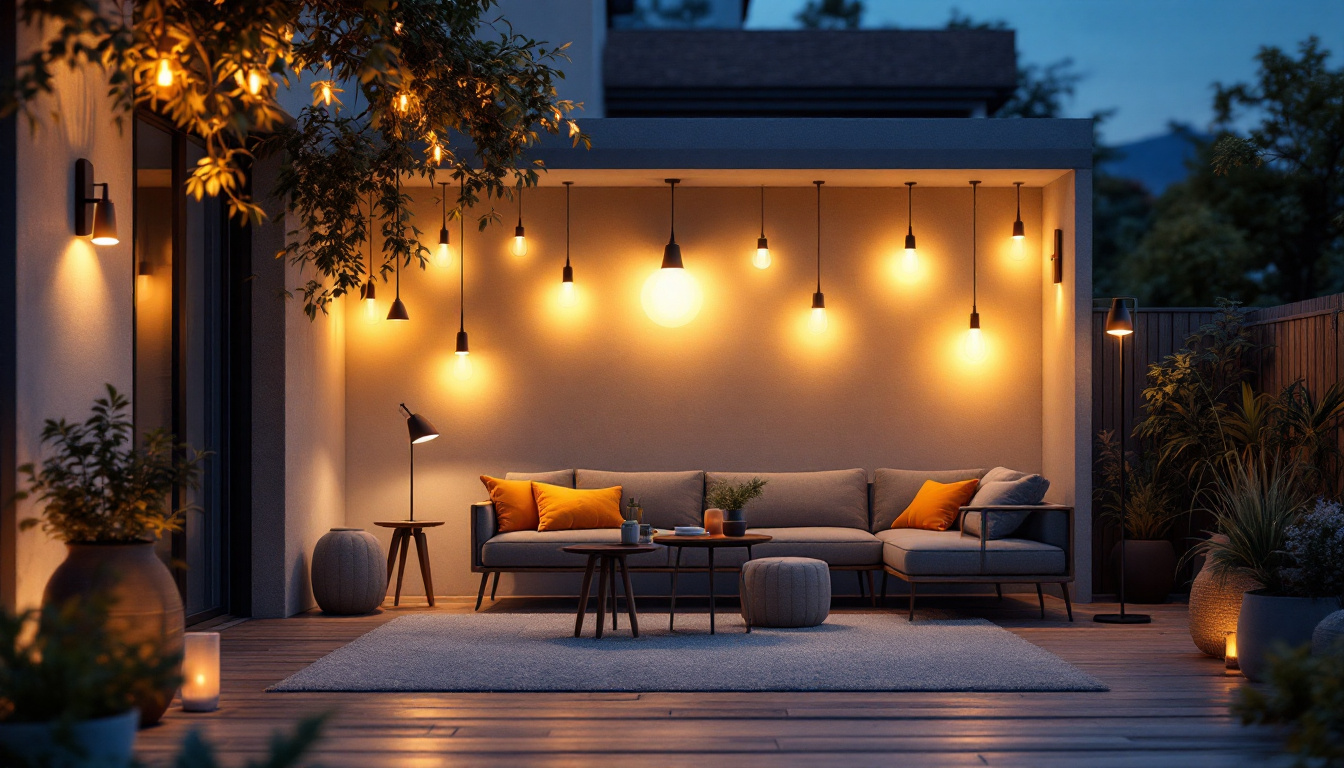
In the realm of interior design, lighting plays a pivotal role in setting the ambiance and functionality of a space. For lighting contractors, understanding the nuances of dining room pendant lights can significantly enhance their service offerings. This article delves into the intricacies of pendant lighting, offering insights and strategies for contractors to master this essential element of home decor.
Pendant lights have emerged as a popular choice for dining rooms, serving both aesthetic and practical purposes. They not only illuminate the dining area but also act as a focal point that can elevate the overall design of the room. Understanding the significance of pendant lighting is crucial for contractors looking to provide comprehensive solutions to their clients.
One of the primary functions of pendant lighting is to create an inviting atmosphere. The right pendant light can transform a mundane dining space into a warm and welcoming environment. Contractors should consider the style preferences of their clients, as pendant lights come in various designs, from modern and minimalist to vintage and ornate. By aligning the lighting choice with the overall decor, contractors can help clients achieve a cohesive look.
Moreover, pendant lights can be used to set the mood for different occasions. For instance, a dimmable pendant light allows for a romantic dinner setting, while a brighter option is ideal for family gatherings. Understanding the versatility of pendant lighting enables contractors to offer tailored solutions that meet the specific needs of their clients. Additionally, the choice of materials and finishes—such as glass, metal, or fabric—can further enhance the ambiance. A glass pendant can create a sense of openness, while a fabric shade may add warmth and softness, making the dining experience more enjoyable.
Beyond aesthetics, pendant lights serve a functional purpose in the dining room. They provide targeted illumination over the dining table, ensuring that the space is well-lit for meals and activities. Contractors should be mindful of the height at which the pendant is installed, as this can significantly affect its effectiveness. A general rule of thumb is to hang the pendant 30 to 36 inches above the table, allowing for ample light without obstructing views.
Additionally, contractors should consider the type of bulbs used in pendant fixtures. LED bulbs are a popular choice due to their energy efficiency and longevity, making them a practical option for homeowners looking to reduce energy costs. By educating clients on the benefits of different lighting technologies, contractors can position themselves as knowledgeable professionals in the field. Furthermore, incorporating smart lighting solutions can add another layer of functionality. Smart pendant lights can be controlled via mobile apps or voice commands, allowing homeowners to easily adjust brightness and color temperature to suit their mood or the time of day. This not only enhances convenience but also aligns with the growing trend of home automation, making the dining room a more adaptable space for various activities and gatherings.
With an array of pendant lights available on the market, selecting the right fixture can be a daunting task for clients. Lighting contractors play a crucial role in guiding clients through this selection process, ensuring that the chosen pendant light meets both aesthetic and functional requirements.
Before recommending a pendant light, contractors should assess the dining room space thoroughly. Factors such as ceiling height, room size, and existing decor should be taken into account. For instance, a large dining room with high ceilings may benefit from a statement pendant light that draws the eye upward, while a smaller space might require a more subtle design to avoid overwhelming the room.
Furthermore, the color palette of the dining room is an essential consideration. Pendant lights come in various finishes and colors, and selecting a fixture that complements the existing decor can enhance the overall aesthetic. Contractors should encourage clients to bring samples of their decor, such as fabric swatches or paint chips, to help visualize how different pendant lights will fit into the space. Additionally, the placement of the pendant light is crucial; it should be hung at an appropriate height above the dining table to ensure adequate lighting while also allowing for an unobstructed view across the table. A general rule of thumb is to hang the light 30 to 36 inches above the table surface, but this can vary depending on the specific design and purpose of the fixture.
There are several styles of pendant lights, each with its unique characteristics and appeal. Familiarity with these styles allows contractors to make informed recommendations based on their clients’ preferences. For example, industrial-style pendant lights often feature raw materials like metal and glass, making them ideal for modern or loft-style homes. In contrast, a more traditional home may benefit from a classic chandelier-style pendant that adds elegance and charm.
Additionally, contractors should be aware of current trends in pendant lighting. For instance, the use of mixed materials, such as combining wood with metal, has gained popularity in recent years. Staying updated on these trends can help contractors provide clients with contemporary options that resonate with their design sensibilities. Moreover, the trend towards energy-efficient LED lighting is also worth noting; many pendant lights now come with integrated LED options that not only save energy but also offer a longer lifespan compared to traditional bulbs. This shift not only benefits the environment but can also lead to cost savings for clients in the long run, making it an important aspect to discuss during the selection process.
Once the perfect pendant light has been chosen, the next step involves installation. Proper installation is critical to ensure both safety and functionality. Lighting contractors must adhere to best practices to guarantee that the pendant light performs optimally and enhances the dining room’s aesthetics.
Safety should always be the top priority when installing pendant lights. Contractors must ensure that the electrical connections are secure and comply with local building codes. This includes using appropriate wiring and ensuring that the fixture is properly anchored to support its weight. Additionally, contractors should educate clients on the importance of using a qualified electrician for any electrical work, reinforcing the value of professional installation.
Moreover, it is essential to consider the weight of the pendant light. Heavier fixtures may require additional support, such as a ceiling junction box rated for the weight of the light. By addressing these safety concerns upfront, contractors can prevent potential hazards and ensure a successful installation.
As previously mentioned, the height at which a pendant light is hung can significantly impact its effectiveness. Contractors should take the time to measure the dining table’s height and the overall ceiling height to determine the ideal placement. A pendant light that is too low can obstruct views and create an unwelcoming atmosphere, while one that is too high may not provide adequate illumination.
In some cases, adjustable pendant lights can offer flexibility, allowing homeowners to change the height based on their needs. Contractors should discuss these options with clients, emphasizing the importance of adaptability in lighting design.
Once the pendant light is installed, ongoing maintenance is necessary to keep it looking and functioning at its best. Lighting contractors can provide valuable insights to clients on how to care for their pendant lights, ensuring longevity and optimal performance.
Dust and grime can accumulate on pendant lights over time, diminishing their appearance and light output. Contractors should recommend a regular cleaning schedule, advising clients on the best methods for cleaning different materials. For example, glass pendants may require a gentle glass cleaner, while metal fixtures may benefit from a soft cloth to avoid scratches.
Additionally, contractors should inform clients about the importance of changing bulbs promptly. A burnt-out bulb not only affects the lighting quality but can also lead to unnecessary strain on the remaining bulbs. By encouraging clients to stay proactive about maintenance, contractors can help them enjoy their pendant lights for years to come.
As technology advances, so too do lighting options. Contractors should keep clients informed about new developments in pendant lighting, such as smart lighting solutions that allow for remote control and customization. Educating clients on the benefits of upgrading to energy-efficient bulbs or smart fixtures can enhance their overall experience and satisfaction with their lighting choices.
Furthermore, contractors can offer retrofit options for existing pendant lights, allowing clients to modernize their fixtures without the need for complete replacements. This approach not only saves clients money but also promotes sustainability by reducing waste.
Mastering dining room pendant lighting is an invaluable skill for lighting contractors. By understanding the importance of pendant lights, guiding clients in their selection, ensuring proper installation, and providing maintenance tips, contractors can elevate their service offerings and enhance client satisfaction. As the demand for stylish and functional lighting continues to grow, those who excel in this area will undoubtedly stand out in the competitive landscape of interior design.
Ultimately, pendant lighting is more than just a source of illumination; it is an integral part of the dining experience. By embracing the art and science of pendant lighting, contractors can help clients create spaces that are not only beautiful but also functional, ensuring that every meal shared in the dining room is a memorable one.
Ready to take your lighting projects to the next level? At LumenWholesale, we provide lighting contractors with the finest selection of spec-grade dining room pendant lights at unbeatable wholesale prices. Say goodbye to local distributor markups and hello to top-quality lighting that meets the highest industry standards. With our hassle-free bulk buying and free shipping, you can trust that you’re getting premium lighting at the best value — every time. Elevate your client’s dining experience with the perfect blend of quality, affordability, and convenience. Discover wholesale lighting at the best value today and make every meal in the dining room shine.

Discover how LED light fixtures with pull chains are revolutionizing efficiency for lighting contractors.

Discover effective strategies for lighting contractors to tackle the challenges posed by humidistat switches.

Illuminate your outdoor spaces with expert advice! Discover essential tips from lighting contractors on choosing and installing the perfect outdoor light fixtures to enhance your home’s curb appeal and security..

Discover how path lamps can transform your lighting projects and give you a competitive edge in securing more contracts.